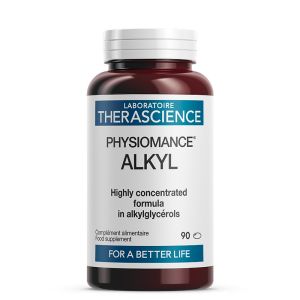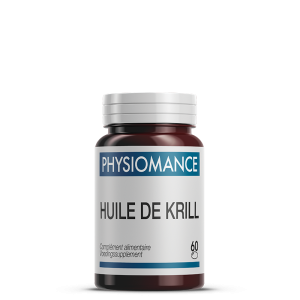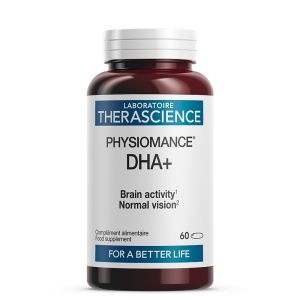- Home
- Fatty Acids

Fatty Acids
Vitamins, minerals, and fatty acids
What is a fatty acid?
Fatty acids are organic molecules consisting of a carbon chain with a hydroxyl group at one end. Most fatty acids have an even number of carbon atoms, as they are synthesised from two-carbon acetates. When the carbon chain has no double bonds, the fatty acids are said to be "saturated". When the chain has a double bond, they are monounsaturated fatty acids. If the carbon chain has several double bonds, they are called polyunsaturated fatty acids. These unsaturated fatty acids are mainly of vegetable origin and are liquid at room temperature. Lipids (vegetable oils or animal fats) are 95% triglycerides. Triglycerides are 95% fatty acids and glycerol. The balance consists of phospholipids, complex lipids and non-triglyceride compounds (vitamin E, cholesterol).
Fatty acids generally have several names: on the one hand a common name that recalls their origin - as for example with formic acid, synthesised by ants, or cervonic acid, also known as DHA, discovered in the brain, the latter being the structure of the living world that contains most of it. And on the other hand a very precise systematic name: n-(carbon number radical)oic/ic acid, in which n- indicates that the fatty acid is linear (normal).
Omega-n: this notation indicates that the first unsaturation is located on the carbon n from the non-oxidised side, and therefore the opposite of the acid group (omega is the last letter of the Greek alphabet) - it is not oxidised during metabolism.
Example: eicosapentaenoic acid (more simply EPA) C20 :5, is an omega-3 with 20 carbon atoms, 5 unsaturations (double bonds), with the first unsaturation at 17, then from -3 to -3 (17, 14, 11, 8 and 5).





















Recommandé par mon médecin, je l'utilise régulièrement, avec de tvoir plus
Avis du 28/09/2024, suite à une expérience du 11/09/2024 par Silvia S